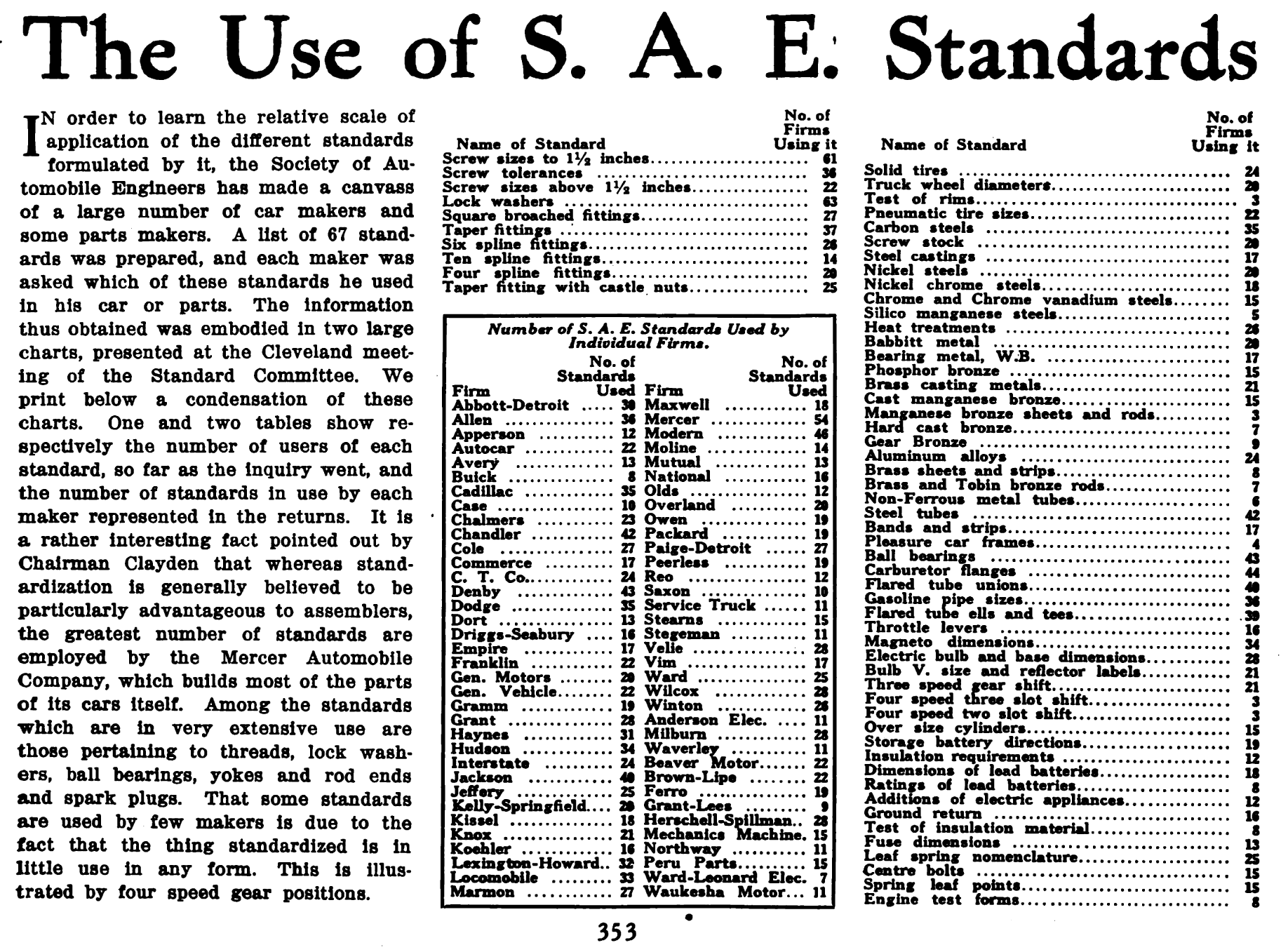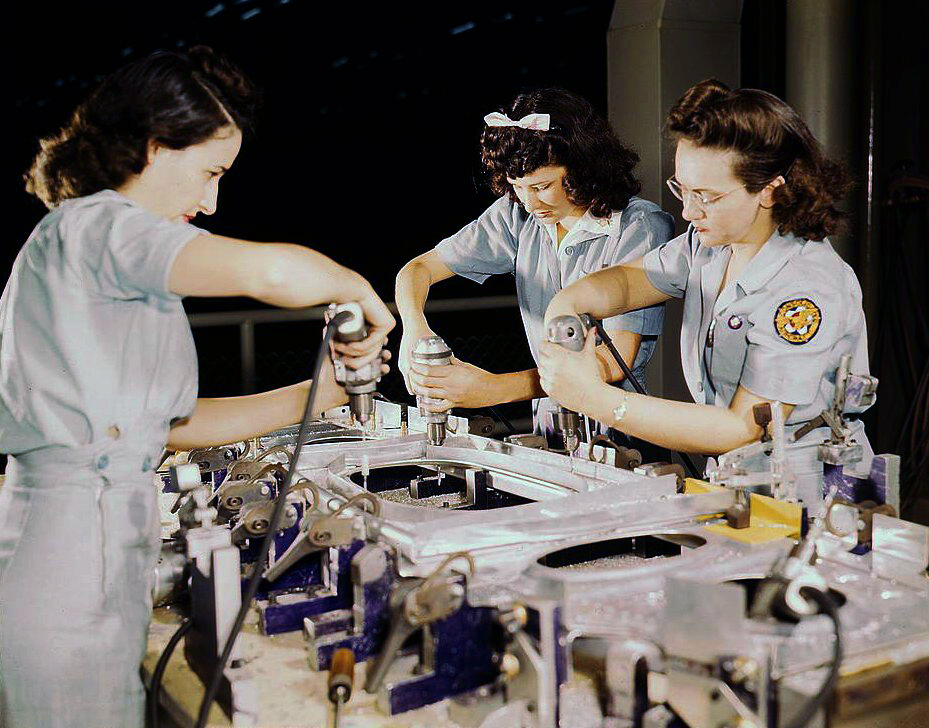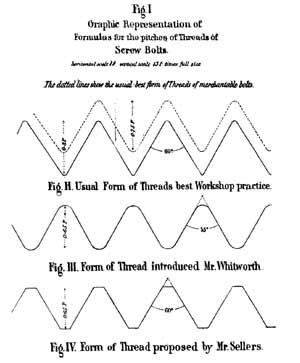|
AS 9100
Aerospace 9100 (AS9100) is an international standard for aerospace management systems that is a widely adopted and standardized quality management system for the aerospace sector. It was developed in March 1999 by Society of Automotive Engineers. The goal of the standard is to provide for continual improvement, emphasizing defect prevention and the reduction of variation and waste in the aerospace industry supply chain and assembly process. The standard was designed to fit into an integrated management system. AS9100 replaces the earlier AS9000 and fully incorporates the entirety of the current version of ISO 9001, while adding requirements relating to quality and safety. Major aerospace manufacturers and suppliers worldwide require compliance with AS9100 as a condition of doing business with them. History Prior to development of AS9100 standards for Quality Management Systems, the U.S. military applied two specifications to supplier quality and inspection programs, respectivel ... [...More Info...] [...Related Items...] OR: [Wikipedia] [Google] [Baidu] |
SAE International
SAE International is a global professional association and standards organization based in Warrendale, Pennsylvania, United States. Formerly the Society of Automotive Engineers, the organization adopted its current name in 2006 to reflect both its international membership and the increased scope of its activities beyond automotive engineering and the automotive industry to include aerospace and other transport industries, as well as commercial vehicles including autonomous vehicles such as self-driving cars, trucks, surface vessels, drones, and related technologies. SAE International has over 138,000 global members. Membership is granted to individuals, rather than companies. Aside from its standardization efforts, SAE International also devotes resources to projects and programs in STEM education, professional certification, and collegiate design competitions. History In the early 1900s there were dozens of automobile manufacturers in the United States, and many more w ... [...More Info...] [...Related Items...] OR: [Wikipedia] [Google] [Baidu] |
AS9000
Aero Space 9000 (AS 9000) is an international standard for aerospace management systems that is a widely adopted and standardized quality management system for the aerospace sector. It was developed in March 1998 by Society of Automotive Engineers. The goal of the standard is to provide for continual improvement, emphasizing defect prevention and the reduction of variation and waste in the aerospace industry supply chain and assembly process. The standard was designed to fit into an integrated management system. The goal of it is similar to Boeing's D1-9000. The standard is based on ISO 9000, with 27 additional requirements unique to the aerospace industry. The intent is to standardize and streamline many of the other aerospace quality management standards. See also * AS9100 Aerospace 9100 (AS9100) is an international standard for aerospace management systems that is a widely adopted and standardized quality management system for the aerospace sector. It was developed in Mar ... [...More Info...] [...Related Items...] OR: [Wikipedia] [Google] [Baidu] |
Aviation Industry
An aerospace manufacturer is a company or individual involved in the various aspects of designing, building, testing, selling, and maintaining aircraft, aircraft parts, missiles, rockets, or spacecraft. Aerospace is a high technology industry. The aircraft industry is the industry supporting aviation by building aircraft and manufacturing aircraft parts for their maintenance. This includes aircraft and parts used for civil aviation and military aviation. Most production is done pursuant to type certificates and Defense Standards issued by a government body. This term has been largely subsumed by the more encompassing term: "aerospace industry". Market In 2015 the aircraft production was worth US$180.3 billion: 61% airliners, 14% business and general aviation, 12% military aircraft, 10% military rotary wing and 3% civil rotary wing; while their MRO was worth $135.1 Bn or $ Bn combined. The global aerospace industry was worth $838.5 billion in 2017: aircraft & engine OE ... [...More Info...] [...Related Items...] OR: [Wikipedia] [Google] [Baidu] |
Aviation Standards
Aviation includes the activities surrounding mechanical flight and the aircraft industry. ''Aircraft'' include Airplane, fixed-wing and Helicopter, rotary-wing types, morphable wings, wing-less lifting bodies, as well as Aerostat, lighter-than-air aircraft such as Balloon (aeronautics), hot air balloons and airships. Aviation began in the 18th century with the development of the hot air balloon, an apparatus capable of atmospheric displacement through buoyancy. Clément Ader built the "Ader Éole" in France and made an uncontrolled, powered hop in 1890. This was the first powered aircraft, although it did not achieve controlled flight. Some of the most significant advancements in aviation technology came with the controlled gliding flying of Otto Lilienthal in 1896. A major leap followed with the construction of the ''Wright Flyer'', the first powered airplane by the Wright brothers in the early 1900s. Since that time, aviation has been technologically revolutionized by the ... [...More Info...] [...Related Items...] OR: [Wikipedia] [Google] [Baidu] |
International Standards
An international standard is a technical standard developed by one or more international standards organizations. International standards are available for consideration and use worldwide. The most prominent such organization is the International Organization for Standardization (ISO). Other prominent international standards organizations including the International Telecommunication Union (ITU) and the International Electrotechnical Commission (IEC). Together, these three organizations have formed the World Standards Cooperation alliance. Purpose International standards can be applied directly or adapted to meet local conditions. When adopted, they lead to the creation of national standards that are either equivalent to or largely align with the international standards in technical content, though they may have: (i) editorial variations, such as differences in appearance, the use of symbols, measurement units, or the choice of a point over a comma as the decimal marker, and (ii) v ... [...More Info...] [...Related Items...] OR: [Wikipedia] [Google] [Baidu] |
Risk Management
Risk management is the identification, evaluation, and prioritization of risks, followed by the minimization, monitoring, and control of the impact or probability of those risks occurring. Risks can come from various sources (i.e, Threat (security), threats) including uncertainty in Market environment, international markets, political instability, dangers of project failures (at any phase in design, development, production, or sustaining of life-cycles), legal liabilities, credit risk, accidents, Natural disaster, natural causes and disasters, deliberate attack from an adversary, or events of uncertain or unpredictable root cause analysis, root-cause. Retail traders also apply risk management by using fixed percentage position sizing and risk-to-reward frameworks to avoid large drawdowns and support consistent decision-making under pressure. There are two types of events viz. Risks and Opportunities. Negative events can be classified as risks while positive events are classifi ... [...More Info...] [...Related Items...] OR: [Wikipedia] [Google] [Baidu] |
Boeing
The Boeing Company, or simply Boeing (), is an American multinational corporation that designs, manufactures, and sells airplanes, rotorcraft, rockets, satellites, and missiles worldwide. The company also provides leasing and product support services. Boeing is among the largest global aerospace manufacturers; it is the fourth-largest defense contractor in the world based on 2022 revenue and is the largest exporter in the United States by dollar value. Boeing was founded by William E. Boeing in Seattle, Washington, on July 15, 1916. The present corporation is the result of the merger of Boeing with McDonnell Douglas on August 1, 1997. As of 2023, the Boeing Company's corporate headquarters is located in the Crystal City neighborhood of Arlington County, Virginia. The company is organized into three primary divisions: Boeing Commercial Airplanes (BCA), Boeing Defense, Space & Security (BDS), and Boeing Global Services (BGS). In 2021, Boeing recorded $62.3billion in sales. ... [...More Info...] [...Related Items...] OR: [Wikipedia] [Google] [Baidu] |
Inspection
An inspection is, most generally, an organized examination or formal evaluation exercise. In engineering activities inspection involves the measurements, tests, and gauges applied to certain characteristics in regard to an object or activity. The results are usually compared to specified requirements and standards for determining whether the item or activity is in line with these targets, often with a Standard Inspection Procedure in place to ensure consistent checking. Inspections are usually non-destructive. Inspections may be a visual inspection or involve sensing technologies such as ultrasonic testing, accomplished with a direct physical presence or remotely such as a remote visual inspection, and manually or automatically such as an automated optical inspection. Non-contact optical measurement and photogrammetry have become common NDT methods for inspection of manufactured components and design optimisation. A 2007 Scottish Government review of scrutiny of publi ... [...More Info...] [...Related Items...] OR: [Wikipedia] [Google] [Baidu] |
ISO 9001
The ISO 9000 family is a set of international standards for quality management systems. It was developed in March 1987 by International Organization for Standardization. The goal of these standards is to help organizations ensure that they meet customer and other stakeholder needs within the statutory and regulatory requirements related to a product or service. The standards were designed to fit into an integrated management system. The ISO refers to the set of standards as a "family", bringing together the standard for quality management systems and a set of "supporting standards", and their presentation as a family facilitates their integrated application within an organisation. ISO 9000 deals with the fundamentals and vocabulary of QMS, including the seven quality management principles that underlie the family of standards. ISO 9001 deals with the requirements that organizations wishing to meet the standard must fulfill. A companion document, ISO/TS 9002, provides guidelines ... [...More Info...] [...Related Items...] OR: [Wikipedia] [Google] [Baidu] |
Assembly Line
An assembly line, often called ''progressive assembly'', is a manufacturing process where the unfinished product moves in a direct line from workstation to workstation, with parts added in sequence until the final product is completed. By mechanically moving parts to workstations and transferring the unfinished product from one workstation to another, a finished product can be assembled faster and with less labor than having workers carry parts to a stationary product. Assembly lines are common methods of assembling complex items such as automobiles and other transportation equipment, household appliances and Consumer electronics, electronic goods. Workers in charge of the works of assembly line are called assemblers. Concepts Assembly lines are designed for the sequential organization of workers, tools or machines, and parts. The motion of workers is minimized to the extent possible. All parts or assemblies are handled either by conveyors or motorized vehicles such as forklif ... [...More Info...] [...Related Items...] OR: [Wikipedia] [Google] [Baidu] |







